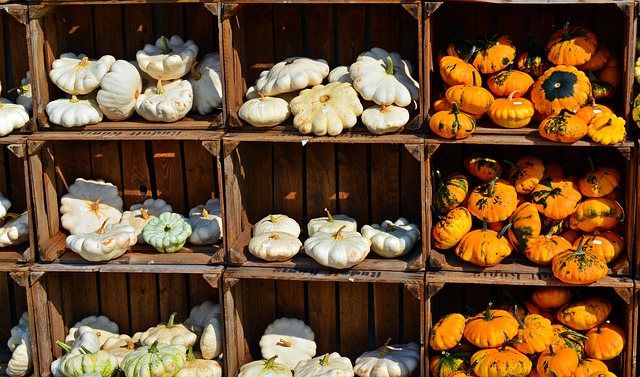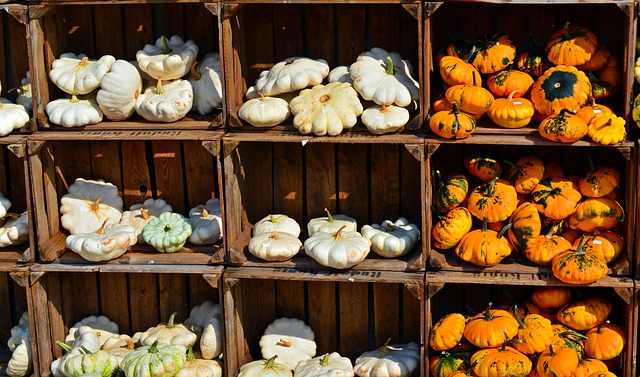Homeowners can significantly contribute to environmental sustainability by adopting yard waste composting as an eco-friendly alternative to traditional yard waste removal services. Composting transforms organic material into valuable humus, enhancing soil health and supporting a sustainable ecosystem. A balanced mix of green (kitchen scraps, grass clippings) and brown materials (leaves, wood chips) in a well-drained, sunlit area is key for successful composting, along with regular turning to ensure proper aeration and moisture levels. By implementing yard waste recycling, communities can reduce methane emissions in landfills and foster healthy landscapes. Innovative bioconversion systems further advance this field by converting organic waste into compost, biochar, and biogas, each with its own environmental and economic benefits. These systems align with circular economy principles, offering a path to zero-waste landscapes while providing economic returns from the sale of produced materials. Government policies support these initiatives through educational campaigns and infrastructure development, mandating separate yard waste collection systems to improve compost quality and encourage technological innovation in this sector. This holistic approach to yard waste removal and recycling is pivotal in promoting sustainable community development and environmental stewardship.
Reducing organic waste, particularly yard waste, is a pressing environmental concern that necessitates immediate and sustainable action. This article delves into a variety of strategies aimed at mitigating the impact of yard waste on our ecosystems. From efficient composting techniques for homeowners to community-based programs for yard waste collection and processing, the insights shared herein are designed to optimize yard waste removal and recycling. Additionally, we explore innovative bioconversion systems that transform yard waste into valuable products, highlighting the role of policy initiatives and legislation in driving these efforts forward. These approaches not only promote environmental health but also foster community engagement and resource efficiency.
- Efficient Yard Waste Composting Techniques for Homeowners
- Community-Based Programs for Yard Waste Collection and Processing
- Innovative Bioconversion Systems Transforming Yard Waste into Useful Products
- Policy Initiatives and Legislation Driving Yard Waste Reduction and Recycling
Efficient Yard Waste Composting Techniques for Homeowners

homeowners looking to reduce their organic waste can significantly impact environmental sustainability by implementing efficient yard waste composting techniques. Traditional yard waste removal methods often involve collection services that transport organic matter to landfills, contributing to methane emissions. However, by composting at home, not only does this process eliminate the need for such services but it also transforms garden and yard waste into valuable humus that enriches soil health.
To begin composting effectively, start by identifying a suitable location on your property with enough space and adequate sunlight. Ensure the area is conveniently close to your yard waste source to encourage consistent use. Select compost bins or construct a pile in a spot with good drainage and air circulation. The decomposition process requires a balanced mix of green (nitrogen-rich) and brown (carbon-rich) materials. Kitchen scraps, grass clippings, leaves, and wood chips are common examples. Regularly turn the compost to accelerate the breakdown of organic matter, allowing for better aeration and moisture distribution. Monitoring the moisture level is crucial; it should be as moist as a wrung-out sponge. By following these composting practices, homeowners can effectively manage their yard waste, reduce reliance on yard waste removal services, and contribute to a healthier planet by recycling organic materials back into the soil.
Community-Based Programs for Yard Waste Collection and Processing

Innovative Bioconversion Systems Transforming Yard Waste into Useful Products

Innovative bioconversion systems are paving the way for sustainable yard waste management, transforming what was once viewed as waste into valuable products. These systems harness the power of microorganisms and natural processes to break down organic matter from yard waste such as leaves, grass clippings, and garden trimmings. By doing so, they produce compost, biochar, and biogas, which can enhance soil health, reduce the need for chemical fertilizers, and provide a renewable energy source, respectively. The process of bioconversion not only diverts yard waste from landfills but also contributes to carbon sequestration and reduces greenhouse gas emissions. Communities and households can implement these systems to recycle their yard waste, promoting environmental sustainability and resilience while also providing economic benefits through the sale or use of the resulting compost and biochar. Yard Waste Removal and Recycling initiatives are thus integral to a circular economy, turning what was previously discarded into resources that can enrich both soil and society. The adoption of these systems represents a significant step towards zero-waste landscapes and underscores the potential for organic waste reduction strategies at a local level.
Policy Initiatives and Legislation Driving Yard Waste Reduction and Recycling

In recent years, a significant focus has been placed on yard waste removal and recycling to mitigate organic waste issues. Policy initiatives at both local and national levels are instrumental in shaping the landscape of yard waste management. Governments have introduced comprehensive legislation that mandates composting programs, which not only reduce the volume of yard waste sent to landfills but also convert it into valuable nutrients for agriculture and horticulture. These initiatives often include educational campaigns aimed at homeowners and landscaping businesses, emphasizing the environmental benefits of proper yard waste disposal and the role it plays in promoting sustainable communities. Additionally, these policies incentivize the development of infrastructure for yard waste recycling, such as community composting facilities andyard waste collection programs, which divert organic matter from landfills and contribute to a circular economy.
Furthermore, the legislative framework is continuously evolving to address the challenges associated with yard waste removal and recycling. Regulations now frequently require separate collection systems for yard waste, ensuring that it is processed separately from other types of waste. This targeted approach not only facilitates higher-quality compost production but also encourages innovation in the field of yard waste processing technologies. The collaboration between government bodies, waste management companies, and local communities is crucial in implementing these strategies effectively, leading to a reduction in organic waste and promoting sustainable environmental practices.
In conclusion, addressing yard waste through a multifaceted approach that encompasses efficient composting techniques for homeowners, community-based programs for yard waste collection and processing, innovative bioconversion systems, and policy initiatives with robust legislation is pivotal in reducing organic waste. These strategies not only facilitate yard waste removal and recycling but also foster sustainable practices that benefit both the environment and society. By implementing these solutions, we can significantly diminish the volume of yard waste entering landfills, promoting a greener future for our communities and planet.






